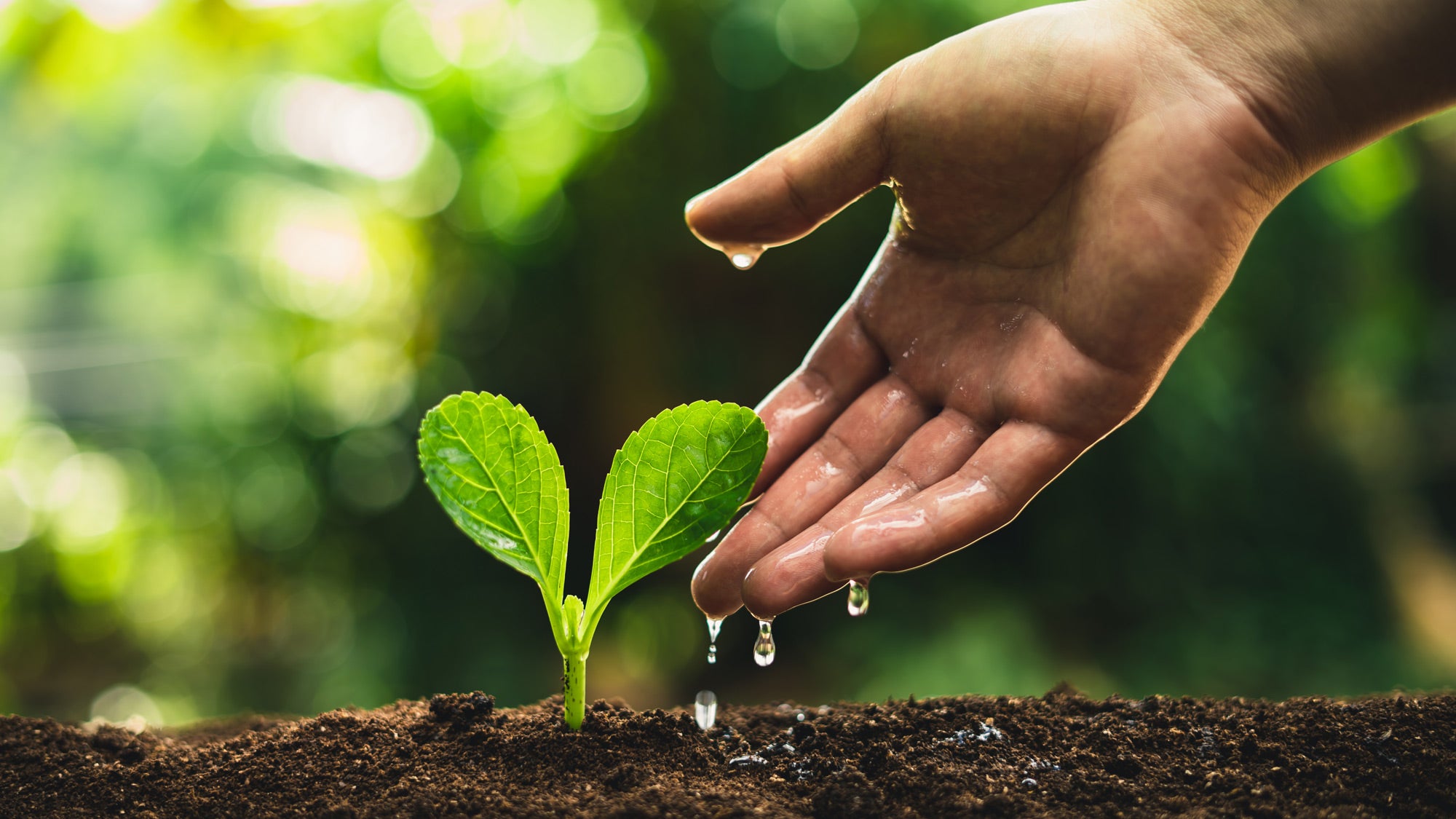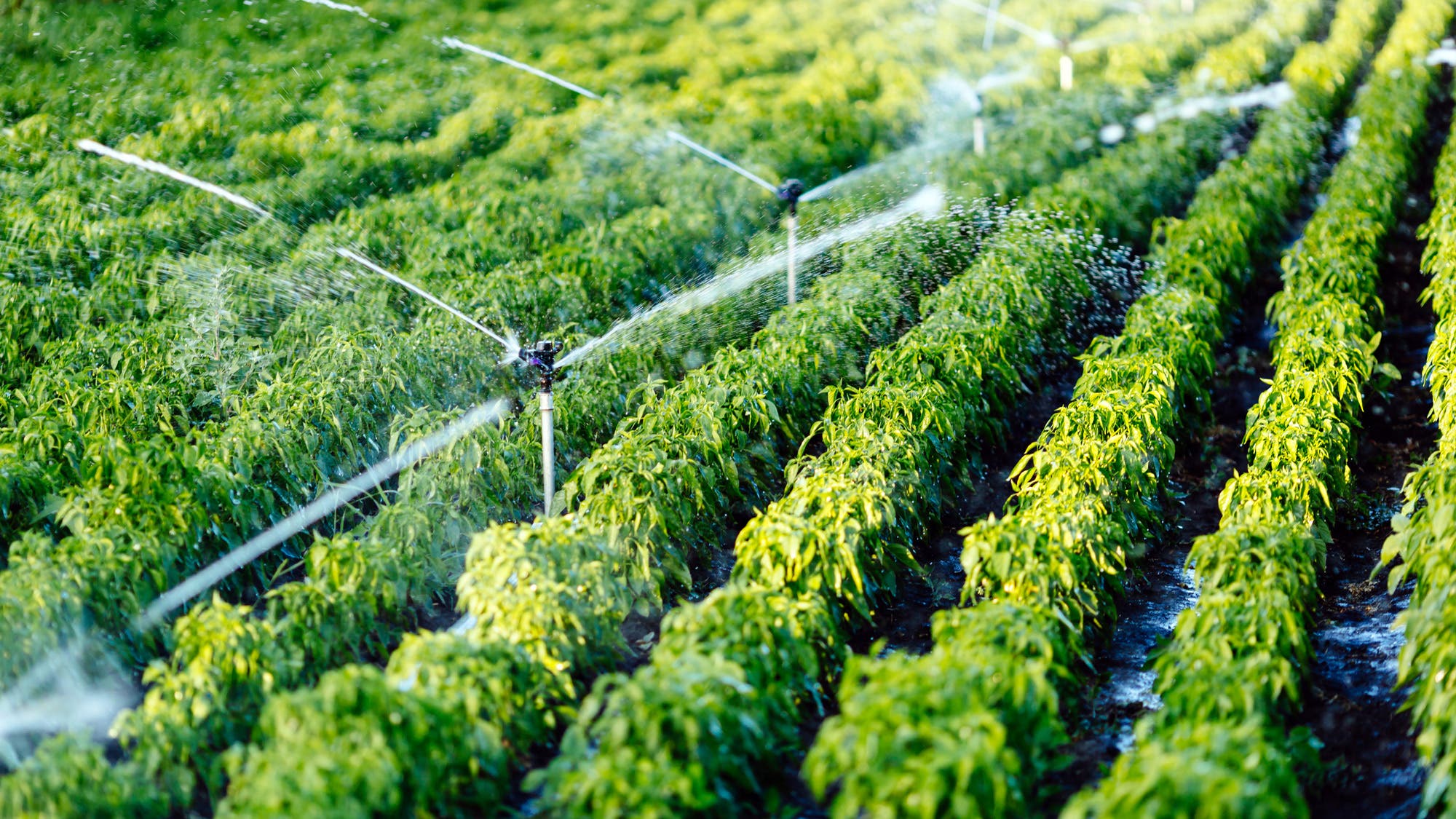How to Choose a Water-Friendly Diet

Freshwater is the bloodstream of the planet, and agriculture is the world’s thirstiest consumer. Here’s why water conservation matters now more than ever and how to build a water-friendly routine on your journey to a healthier you.
Drinking plenty of water is perhaps the first fundamental you learn about when deciding to pursue a healthier lifestyle. Pretty much every eating plan urges you to replenish with plenty of it (up to 60% of your body is water) so that you can optimize your biology and make weight loss easier. As a dietitian, I, too, have been doling out this advice for decades.
But if water is an essential molecule for your body, think of freshwater as the bloodstream of the food system: Globally, 70% of all freshwater withdrawn is used for agriculture. And our Western eating style soaks up more water than any other – putting particularly high pressure on this resource.
If you grew up like I did with unlimited access to water, this can feel like a faraway topic. However, it turns out your water footprint extends far beyond your city or even the country you live in. Even though you may be using only a few liters each day, far more than that lies hidden in your food and beverages. A 2018 study by the European Commission found that 3,000 liters of water is required to produce one day’s worth of food for a single British citizen.
Globally, 70% of all freshwater withdrawn is used for agriculture. And our Western eating style soaks up more water than any other – putting particularly high pressure on this resource.
Why does the size of your water footprint matter? Water scarcity already affects every continent, according to the World Health Organization, and by 2025, half of the world’s population will be living in water-stressed areas. Reducing your impact now is key.
Are You Choosing the Thirstiest Foods?
I’ve seen how amazing it can feel for a person when they finally discover an eating style that works for them. But if you’ve pushed out beans, vegetables, fruits and whole grains in the name of following a certain eating plan, odds are your diet is even thirstier and uses more water as a result.
One way to instantly shrink your water footprint is simple: Eat less meat and more plants. A lot more, in fact.
While water footprint is complex, the primary reason for such a wide gap between certain foodstuffs is that, calorie for calorie, animal products (in particular, beef and dairy) contain water “embedded” in the crops that must be grown to feed the animals, whereas vegetables, legumes and fruits do not. For example, the average water footprint to produce 1 kilogram of beef is 15,400 liters, while the equivalent quantity of peanuts requires less than 4,000 liters — a 75% decrease. This difference goes a long way in explaining the European Commission study findings that switching to a vegetarian diet could drop Brits’ water footprint in half. Pescatarian diets achieve similar benefits, decreasing eaters’ water footprint by 33 to 55%.
The recently released 2019 EAT-Lancet report created a guideline for choosing foods that would nourish people within the earth’s resources, that, while somewhat controversial, prescribes doubling the amount of beans and nuts we consume and cutting back on red meat and sugar by 50%. While this might not be realistic for all, it’s an indication of the direction we should be heading in – to make a concerted effort to eat more plants and less sugar and meat.
It can be overwhelming to think about the big picture, but beyond being mindful about what’s on your plate, here are simple, actionable steps you can take right now that make a big difference.

How to Use Less Water
5 no-fuss ideas to make more water-friendly habits.
- Compost food scraps. A shocking 40% of all the food we produce is currently tossed. Try not to waste food in the first place, but if you must, throw rotten items, peels or other bits in the compost when possible. This returns the water that’s “embedded” in food scraps back into nature’s water cycle (as the microorganisms in the compost break down the food organically).
- Look for the WaterSense Label. This third-party, independently verified seal must meet the EPA’s specifications for water efficiency and performance. It can help you select the most water-friendly faucets, showers, sprinklers and toilets. For more details, check out epa.gov/watersense/watersense-label.
- BYOB when it comes to beverages. Plastic bottles and their packaging are water guzzlers. The amount of water going into making the bottle, according to the Water Footprint Network, can be up to six to seven times what’s inside.
- Do a “packaging” audit. Unpackaged is best, of course, but that’s not always realistic. From plastics to cardboard, and even packaging made from recycled materials, water is always embedded in the product. Buy in bulk and simplify where you can (for example, green your cleaning supplies by relying on vinegar, baking soda and lemon juice instead of a bevy of cleaning solutions). When you do need packaging, refillable glass is best, according to a 2016 EPA study. Look for refill stations at your favorite stores.
- Embrace native plants. Talk with your local garden center or Slow Food chapter to identify which native plants are best suited for your environment. Set timers to water early morning to minimize evaporation and comply with local watering restrictions.